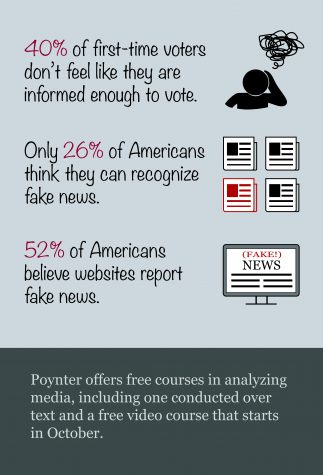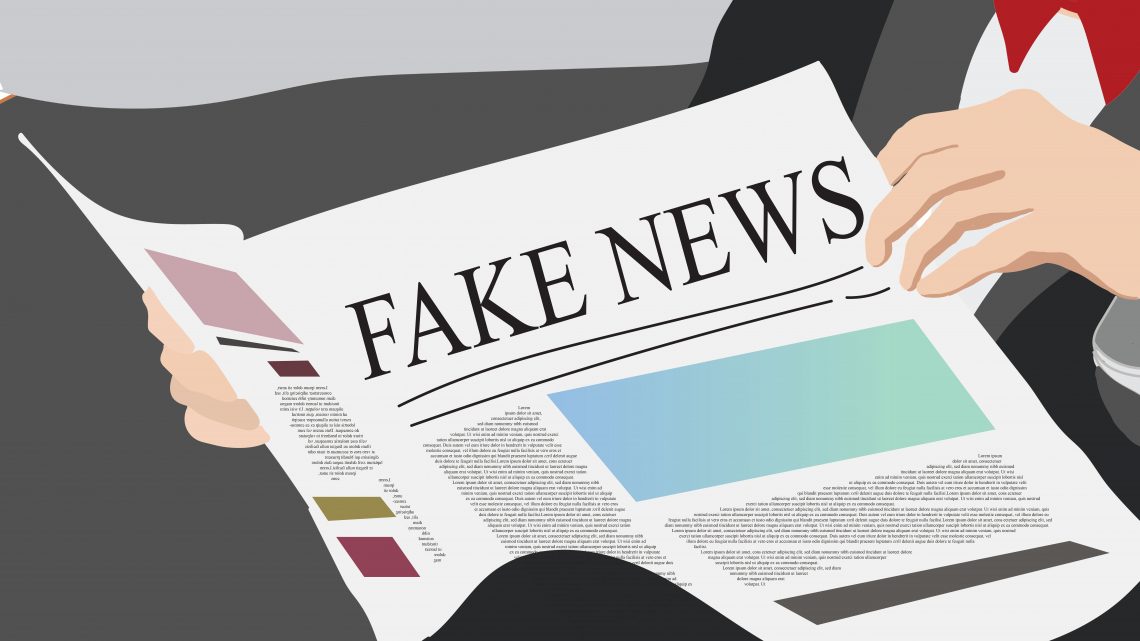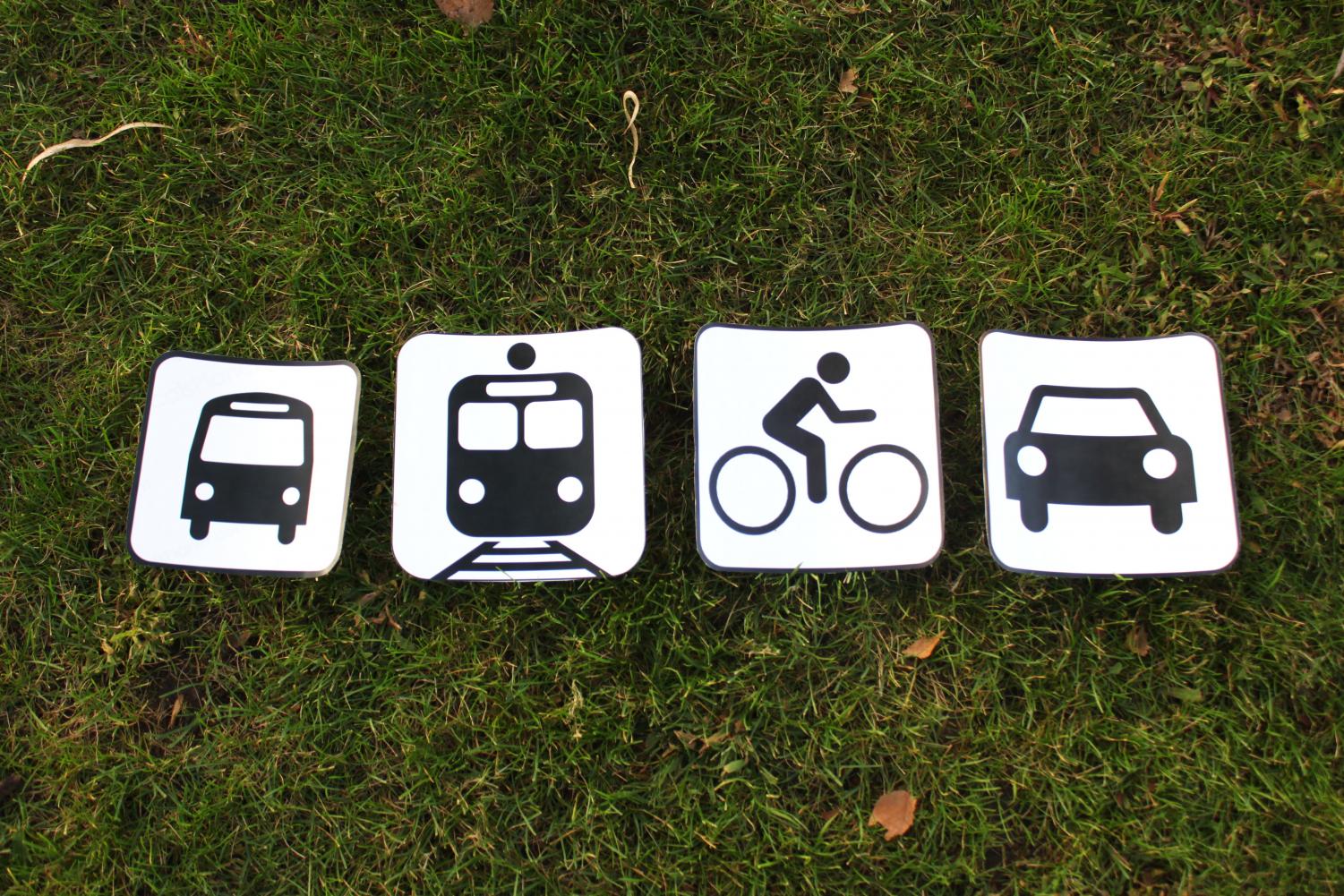In light of the upcoming election and the divides we have seen in the United States this year, we asked our readers to send in questions for Professor Michael Longinow, chair of the Department of Digital Journalism and Media at Biola University.
Question 1: How can we encourage others to be conscious consumers of media?
Leadership by example is the best approach. Don’t preach at people about what they read, watch or listen to. Show them what’s best by being wise in how we approach news and information.
When we use the word “media,” it means many things to many people. And it’s generational. Those under 25 tend to see media as what comes into their news feed in social media. Those older than 25 are looking at their social media news feed but also (hopefully) are checking headlines and reading articles from established and reputable news outlets (e.g. Washington Post, NY Times, LA Times, National Public Radio, ProPublic, Texas Tribune). Keep in mind that broadcast news sites are increasingly hiring well-trained writers. Articles on some broadcast sites are well-research.
Balance and fairness have become rare in our 24-hour news cycle, so the burden is on you to use critical thinking to seek out news coverage from the right and the left (conservative and progressive/liberal). Neither angle has a lock on “the way it is.” By weighing the facts, considering carefully assertions, assumptions, and the evidence to back them, you can determine what’s really going on and what it means (today; facts and evidence will likely change tomorrow. Journalism coverage is a flowing river).
Question 2: How can we recognize our biases and glean truth from the media on both sides of the party line?
We recognize our biases by what makes us angry. Rage and frustration with what we see, hear, or read is a key indicator of our perspective. We don’t get angry at views that resonate with us; we do react negatively to those that hit at our belief system and biases (and everyone has biases). Be intentional about watching, listening to, or reading perspectives that anger you, that frustrate you (with the exception of those that are obscene or that attack the innocent). Examine them. Dig into the assumptions they bring and the evidence they have for their assertions. Don’t be afraid of this approach somehow infecting you; but it might give you a sense of new respect (or at least understanding) of those whose views you disagree with for good cause.
Question 3: What is a simple formula we can use when analyzing articles?
Begin with the assertions. Think back to that English class where you learned what assertions are, what claims are (claims of fact, claims of cause & effect, claims of value, claims about solutions). As you examine these in the article you’ll see what the writer is really saying. Then look at the evidence the writer brings. Is that evidence credible/believable? Is it plentiful or sparse? Does it come from respected research sources or authoritative interviewees? It should. (And check the background of the interviewees; some have a vested interest in getting their views out through an interview.)
Question 4: What are some fairly nonpartisan news outlets we can trust?
National Public Radio works hard at letting conservatives and progressives/liberals speak with equal time in their stories. They lean a bit toward the progressive side, but will surprise you in how they let Christians (evangelicals and mainline Protestants and Roman Catholics) speak freely through interviews in stories. The Washington Post also tries to balance its coverage between conservative and progressive perspectives.

The Wall Street Journal has been rated by media-analysis groups as right of center. Its news, feature and opinion pieces reflect this. (It’s owned by Rupert Murdoch, owner of FOX news, but has been resilient in keeping corporate officials from influencing its news or opinion pieces.) The WSJ has a pay wall, but it’s worth paying to read their reporting and perspectives. Another that’s fairly balanced is the Christian Science Monitor has also been rated as center or center left. It and WSJ steer away from sensationalism.
Remember that there’s often a significant divide between the news, sports, and A&E sections of a publication or media site and its opinion section or pieces. Anything that says “analysis” on it is an opinion column. Anytime you see the piece with an “I” and “me” stance in the writing is a signal that the piece is not news or feature coverage; it’s an opinion piece. And opinion pieces in most publications lean left or are progressive (and tend to be fairly hostile to evangelical Christians). Here’s a fascinating graphic posting news sites on a right-to-left continuum. (You’ll want to fact check it.)
Question 5: How can we fact-check articles and debates?
There are numerous fact-checking sites popping up on the Internet and you should use them to help you sift through the assertions, fact claims you see in articles and that are being made by public officials or candidates for office. (Here’s a good one, funded by an organization committed to excellence in journalism. Here’s a good listing of sites.)
Be sure to check the political background of these sites. Some are partisan; the fact-checking of these can be a tool to say biased things about a political perspective.
Question 6: Why is fake news so rampant?
Fake news is rampant because people are hungry for truth. The spike in fake news stories over the last several years is a backhanded compliment to journalism as an industry. (It’s also an outgrowth of technology that allows people to mimic real journalism — even to the point of creating video clips, entirely fictional, showing public officials or other leaders saying things they never said.)
People want to trust news. But over the last 10-12 years, many are afraid to. And part of their fear is that they lack the education to distinguish what’s fake from what’s real.
The rise in fake news sites (along with acceptance by so many that they are truth) can be explained, in part, by a growing media illiteracy among people in developed nations.
Advances in media technology (particularly photo and video) are way ahead of our school systems.
That is, children (and their parents) are approaching what they see in social media and in the news without the critical thinking necessary to discern real news (driven by factual reporting, context and the history of an event or trend) from fake news (driven by an emotional appeal that sidesteps facts and context — real reporting).
“Fake news is also rampant because of the growing addiction of people (mostly younger than 50) to their social media news feeds. That addiction, which hungers for ever increasing volumes of messages based in feeling rather than fact — when coupled with media illiteracy — entices people to believe the unbelievable, to accept the claims of those who feed their stereotypes and biases, and in extreme cases it fuels impulses to take violent action.”
Question 7: How can we do our own research while preparing for the election?
Read widely. That’s not as hard as it sounds. Skim the headlines and first three grafs of articles from a variety of viewpoints. It takes only a few minutes. And by doing so, you get the gist of what different news sites are saying. None have the lock on truth. Go to research-based sites that you see mentioned in articles (Centers for Disease Control, the U.S. Census Bureau, etc.) See if the research being cited is being done accurately.
By gathering facts on your own, you gain wisdom and strengthen your critical thinking. On key stories (e.g. the debate between candidates) do your own fact-checking. It’s good practice and doesn’t take long. And over time, you’ll be able to spot fake news, sloppy reporting, and agenda-driven reporting.
Be aware of the limitations of polls. You will hear journalists and political experts predicting things about candidates actions, about decisions being made by leaders, and even the outcome of an election — all based on poll data. Be aware that polls have inherent flaws depending on who asked the questions, how many were asked, what the questions were, who was asked (age, gender, political background, connection to campaigns). Poll data predicted a landslide win for Hillary Clinton in 2016.
Question 8: What are some giveaways that an article is biased?
The language of an article can show you its bias. When a writer uses lots of adjectives rather than concrete language, when there are claims that one side of a controversy is perfect, exemplary, flawless, be warned; no such human being other than our Savior fits that description. Likewise, when an article depicts someone in dark, sinister and frightening terms, be wary. There are few persons or organizations that are completely and totally evil and predatory (some are; but they’re rare). A balanced news piece will show the benefits and drawbacks of all that they’re talking about.
Question 9: How should we balance our news consumption so we are informed but not overwhelmed?
Read Scripture: every day. Billy Graham used to read a chapter of Proverbs for every day of the month. Choose other Scriptures based on what you’re going through in life. Get God’s perspective (eternal) on what you’re seeing in news and commentary. Then read the teaching of trust scholars on biblical perspectives on world events. Read the perspectives of Christians on the issues you’re watching in the news (The Gospel Coalition is a great site; so is Christianity Today. Sojourners is a Christian progressive magazine and media site. World Magazine is a news magazine with a conservative viewpoint. )
Pray your way through your reading. Invite God into your thinking. Ask the Holy Spirit to give you discernment beyond what you thought was your ability. Do that and He will direct your paths as a reader, thinker, and journalist.
Finally, read novels written by people who show a biblical perspective (not with direct reference to the Bible) on evil, on good, on truth, on redemption, on forgiveness, and on mercy. Sometimes we just need to read a fictional story and relax with it. Novels written by journalists (or former journalists) can be an interesting take on their overall approach to the world.
Michael Longinow is chair of the Digital Journalism and Media Department at Biola University. He graduated with his B.A. from Wheaton College, M.S. from the University of Illinois at Urbana-Champaign and his Ph.D. from the University of Kentucky. He is also the faculty advisor for the Chimes newspaper at Biola.





